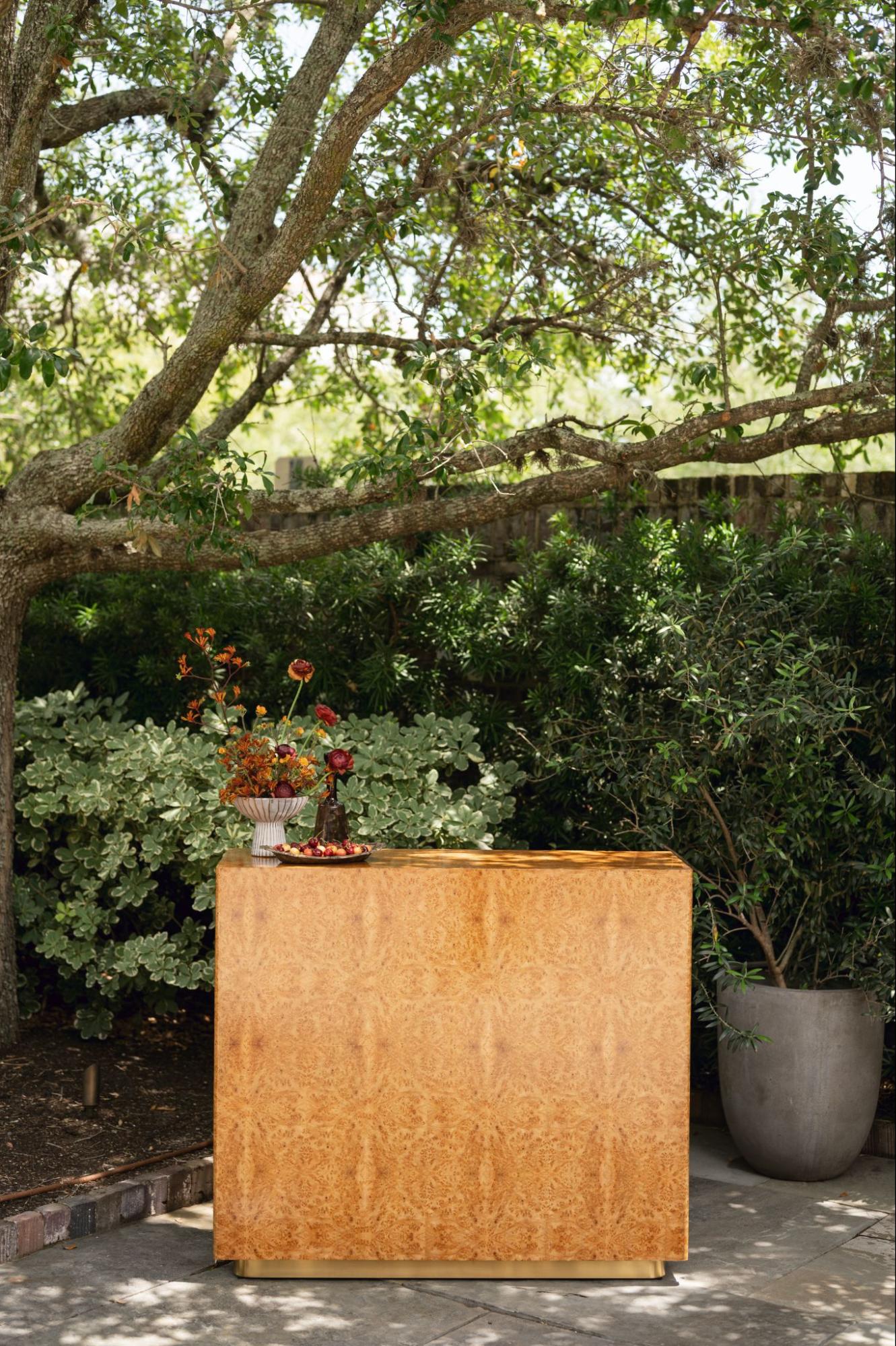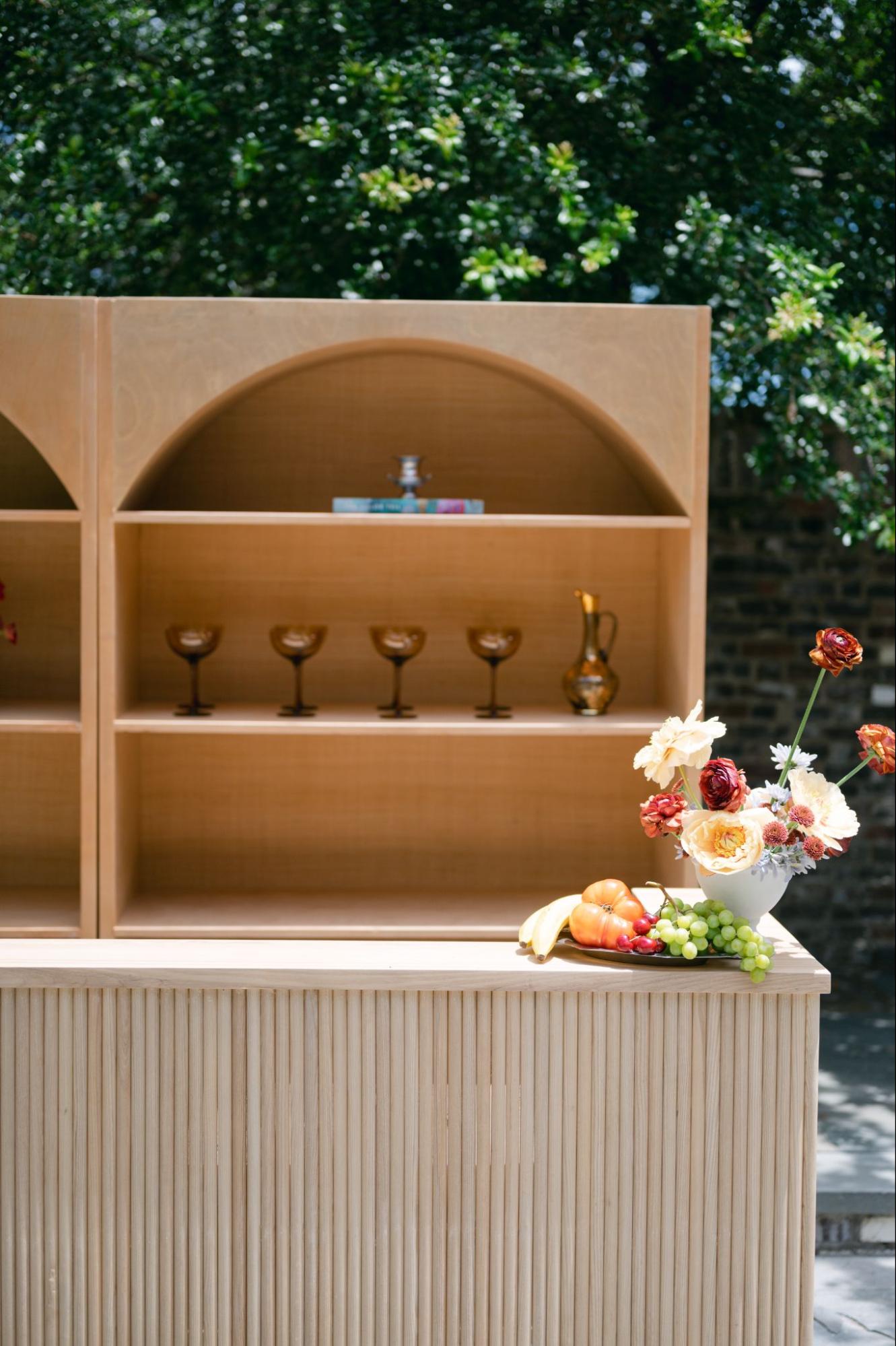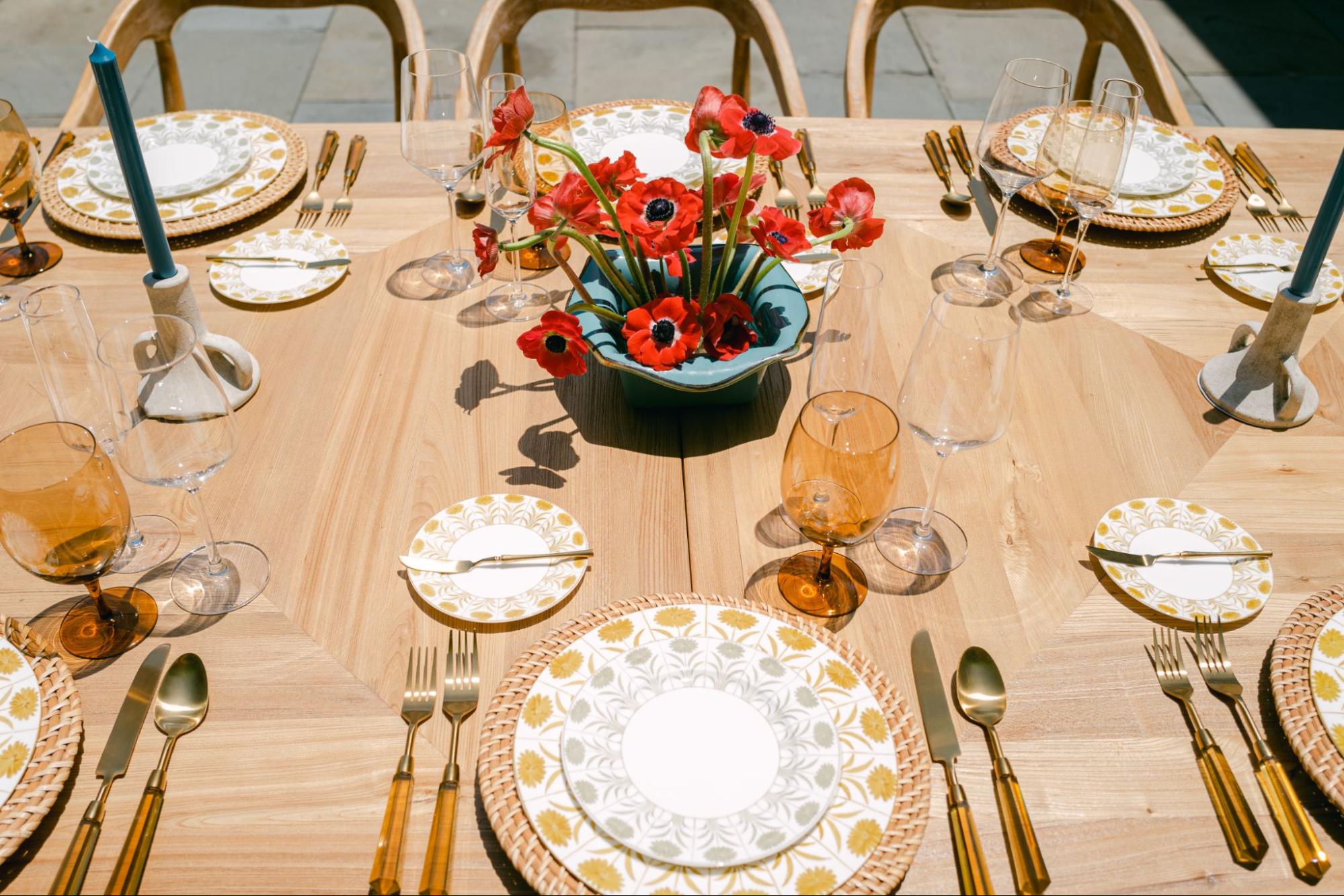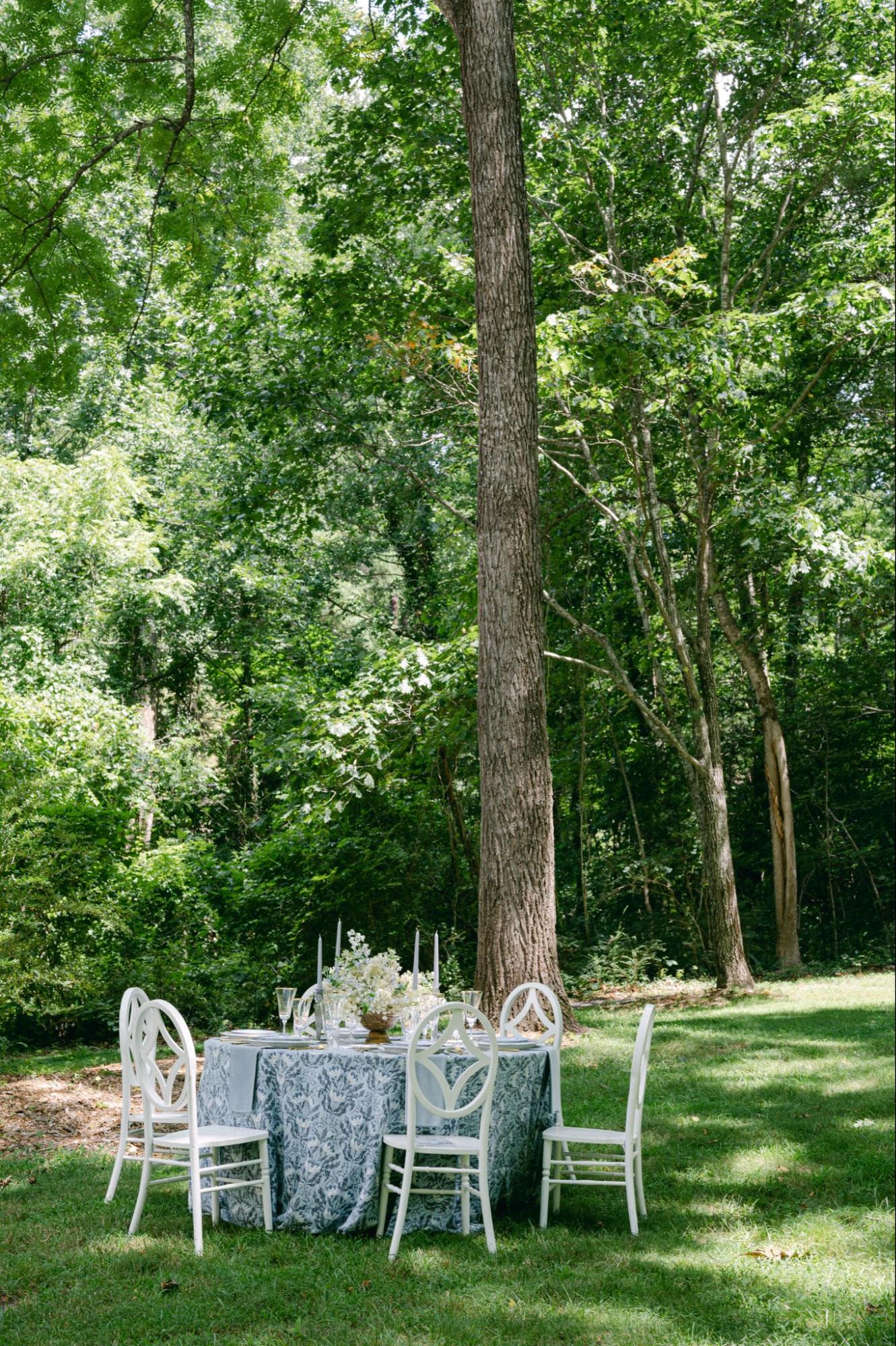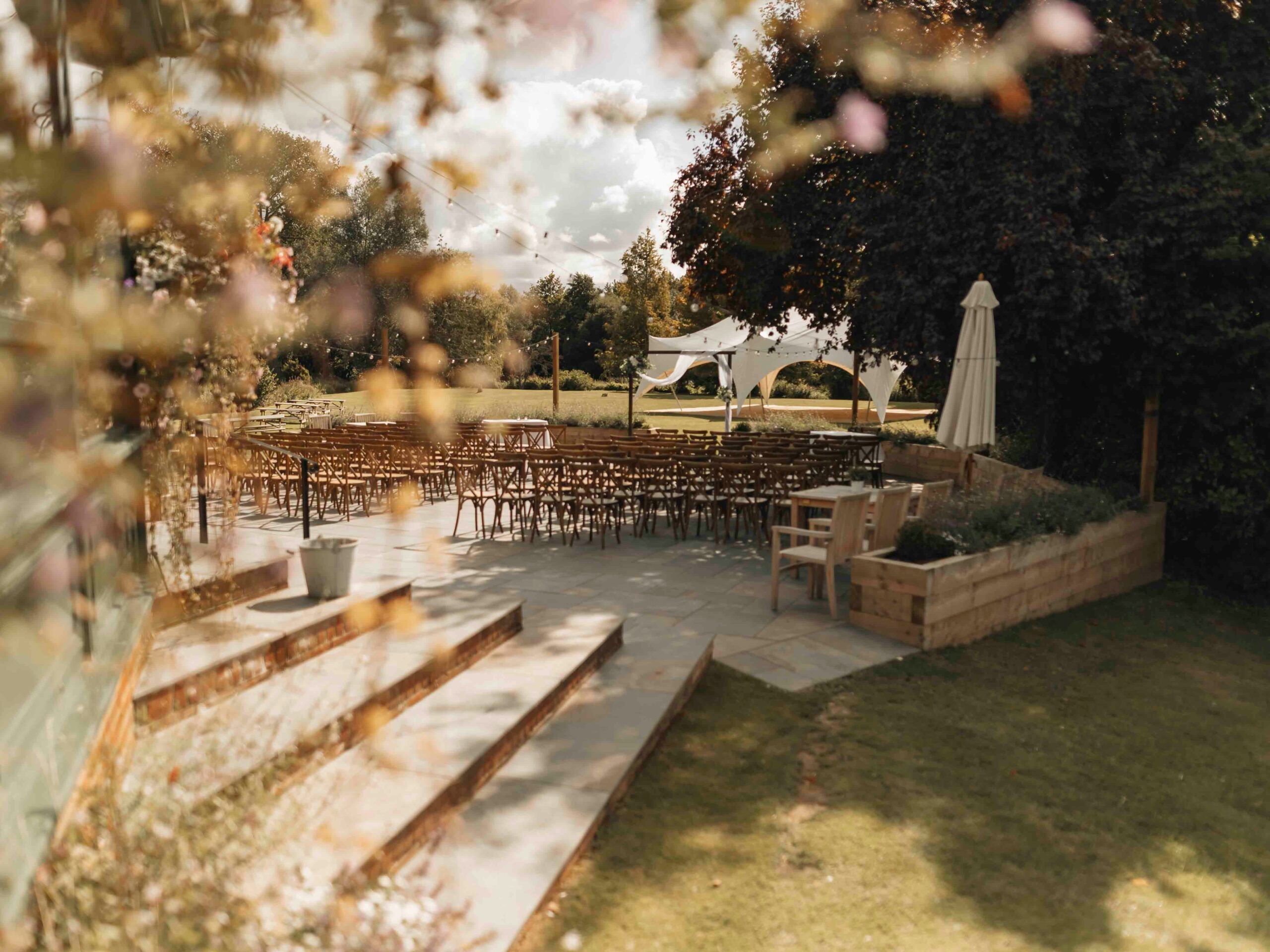
Discover creative party rentals in D.C. for unique events! From custom décor to interactive experiences, transform your celebration with memorable rentals.
Read More
Mary Kathryn McConaghy has 12+ years of expertise in event management and photography. She is currently working as a Managing Director at Curated Events and owner of MKMc Photography. With a vast experience in the industry, she shares actionable tips on event planning, rental trends, and creative design through her blogs. Follow for insights to elevate your next event!

